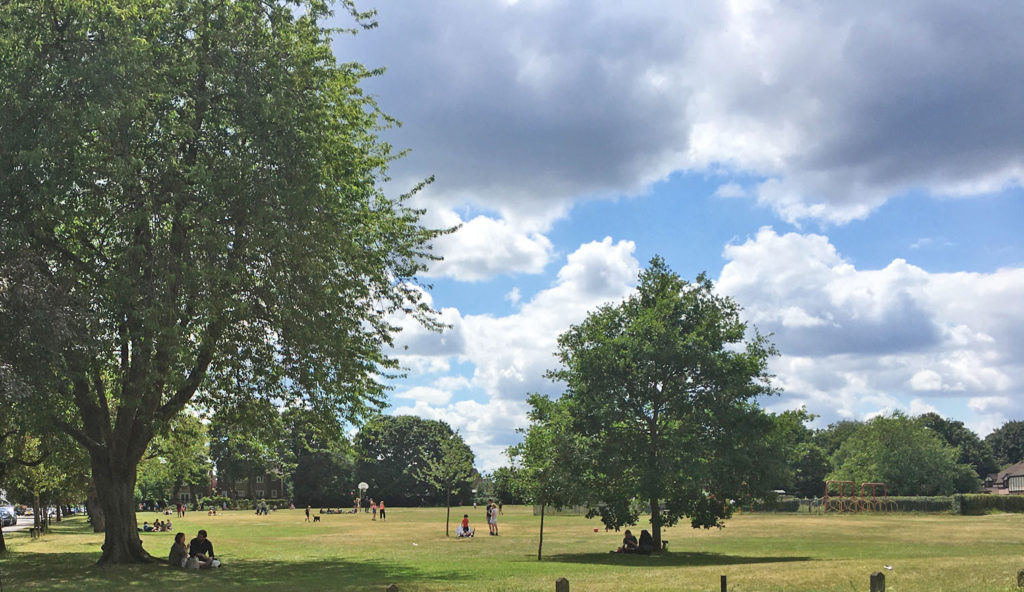
The Friends of Bernards Heath (FoBH) exists for the interests of two of the three pieces of registered common land which lie within St Albans’ city boundaries; Bernards Heath and Sandridge Road Wastes.
Sandpit Lane Wastes are not included. Note that Beech Bottom Dyke, another Friends concern, is a Scheduled Ancient Monument (SAM), but not common land and is owned by St Albans District Council (SACDC).
Common land has its origins in the distant past and a complex history. Much of it is not in public ownership, as might be believed from the name. It is in the private ownership of individuals or organisations. However, the designation of ‘common land’ gives to it the right of access by, in the past, those designated as its commoners, but now, any member of the public. There are important restrictions on what may be done on common land that could interfere with the right of common access and use. For instance, there must be no obstruction to access from the public highway and permanent structures are not permitted on it.
A significant proportion of the original, extensive common land of the British Isles has been ‘stolen’ by enclosure at various times in the past.
More on the history
of common land
This booklet on Common Land by Graham Bathe normally costs £5 and is available at a reduced price of £4 from rogerm
It is published by the Open Spaces Society a voluntary organisation which has existed since 1865 for the interests of common land and public footpaths.

RM
